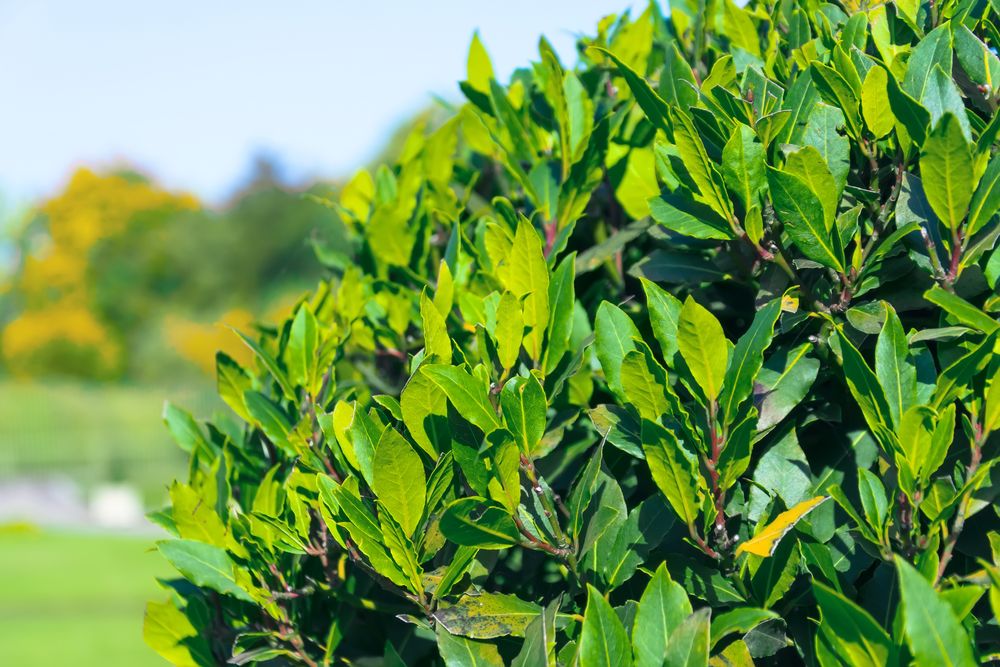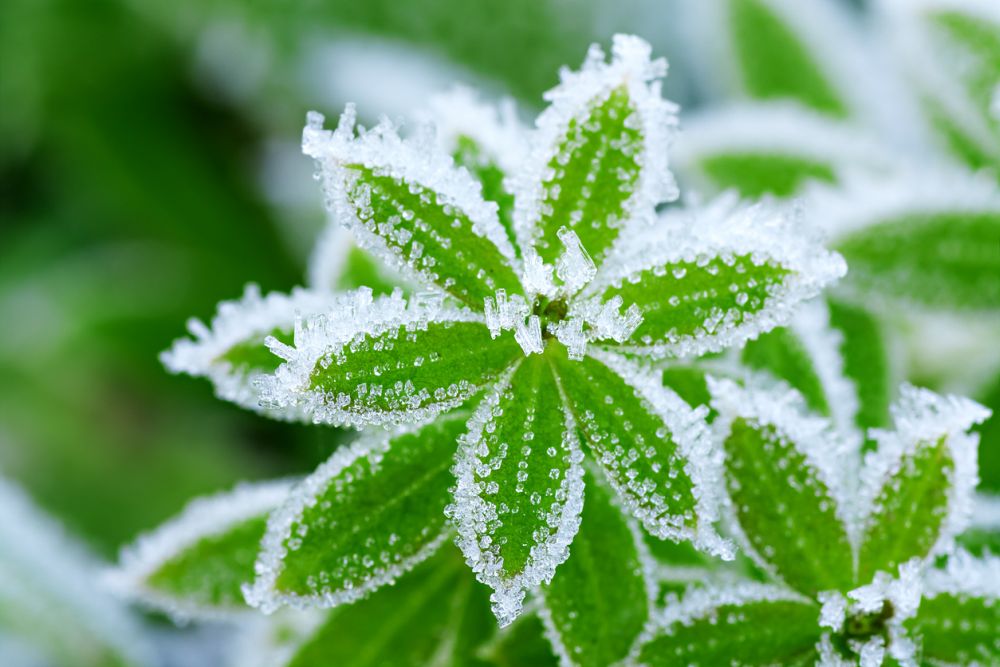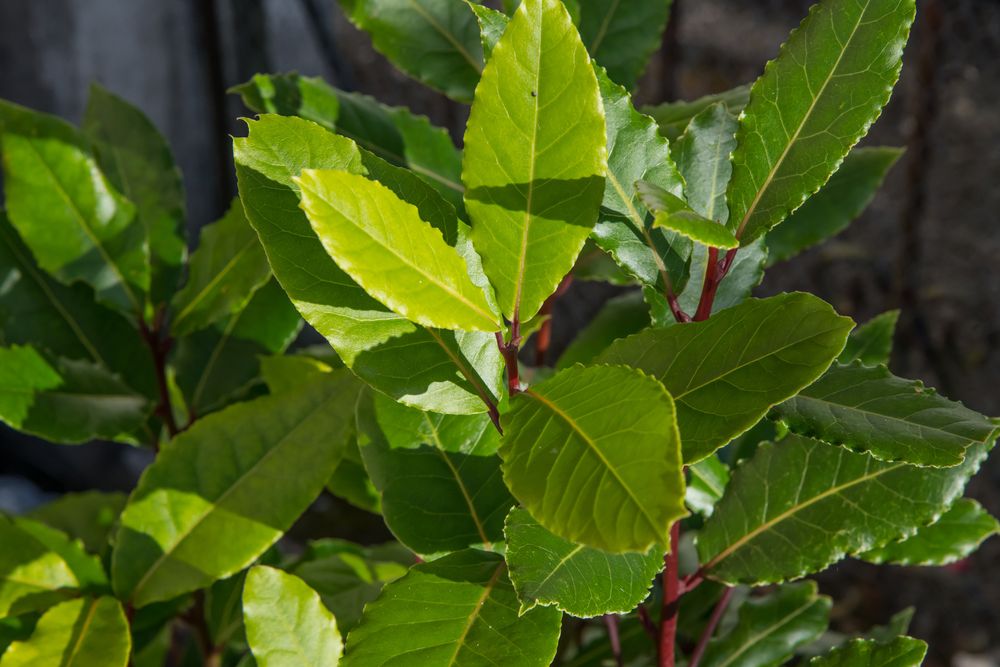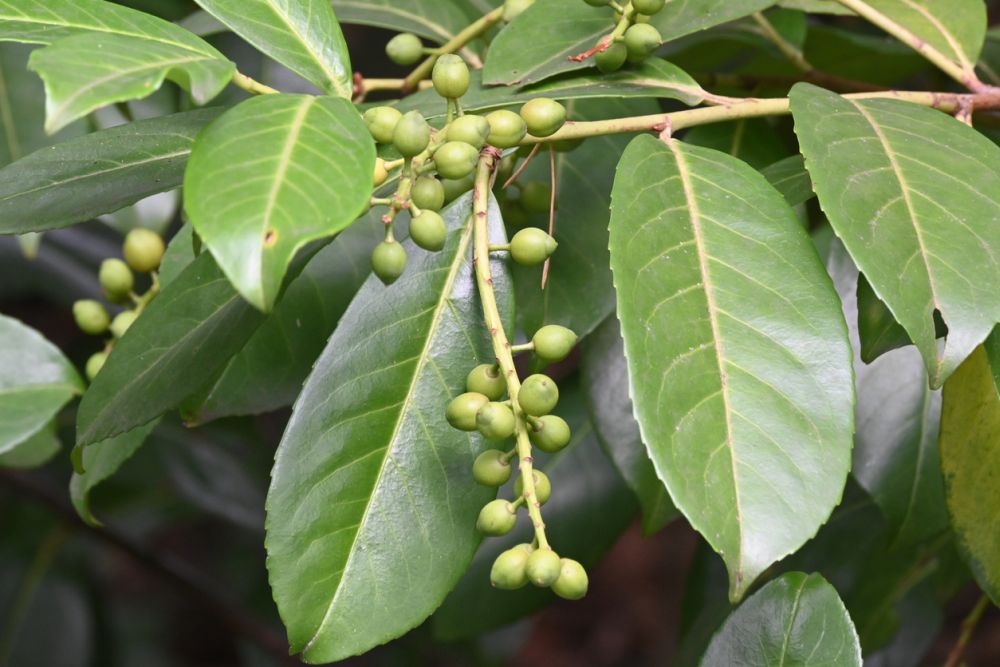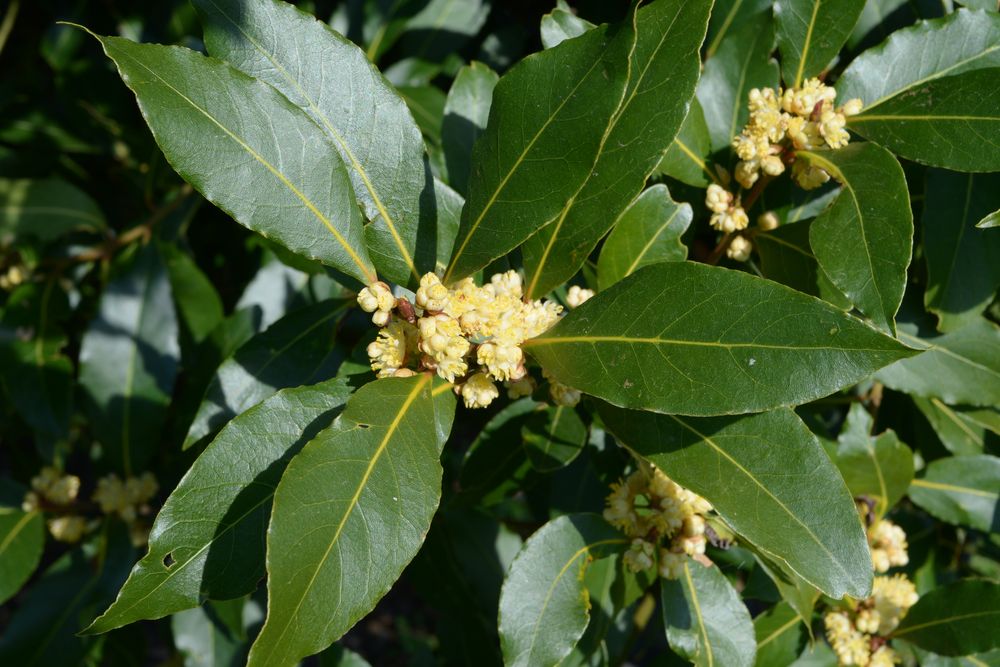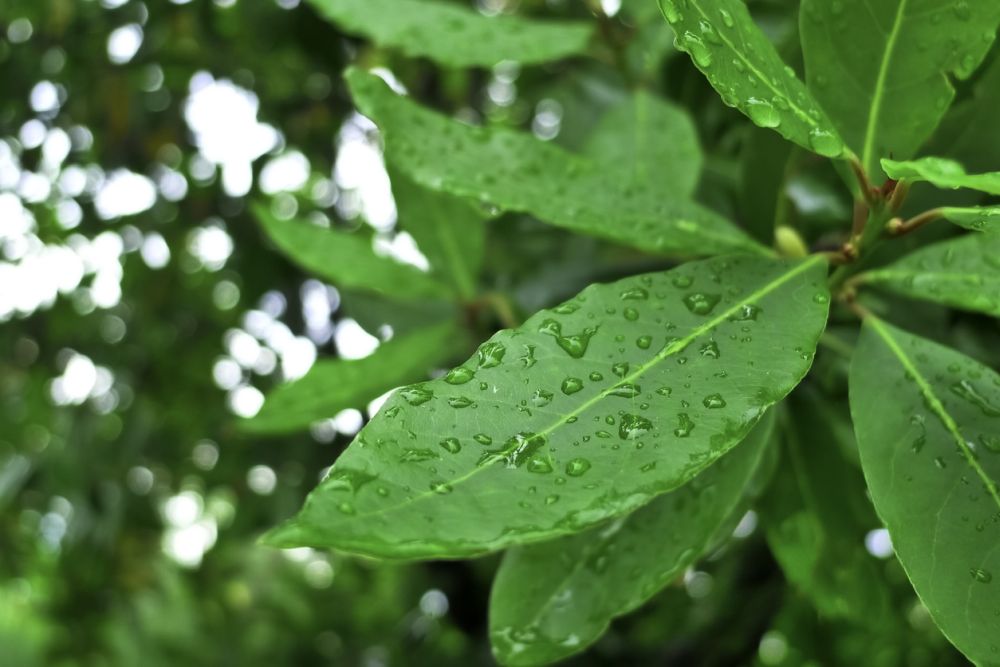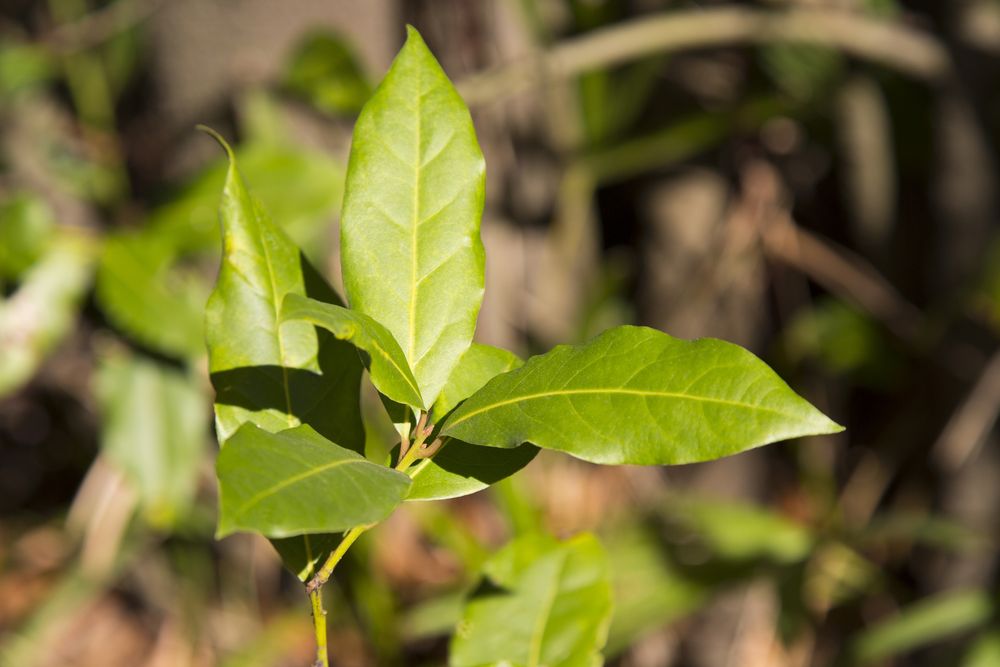Bay Leaf Tree: How to Fix 6 Common Growing Problems
The bay leaf tree is undoubtedly one of the best ornamental trees to grow. And pruning it isn’t easy – it’s an art form that creates something beautiful out of the dense canopy.
But like every living thing, it’s prone to growing problems. Keep reading to discover the most common bay tree leaf problems and how to fix them.
Road bumps are expected when trying your best to grow the bay leaf tree, particularly since the conditions aren’t always ideal.
Since this is a perennial plant, winter care is a must unless you live in a warm microclimate where frost is a rare occurrence.
Bay tree growing problems include leaf drop and rapid yellow-turning canopy.
Common Problems When Growing a Bay Leaf Tree
So what can you do if you’re confronted with one or more of these issues? Here are the best ways to fix them.
1. Bay Tree Leaf Drop
Leaf drop is a common occurrence for most plants. Even evergreen plants drop their leaves from time to time due to changing conditions around them.
But leaf drop can be a real issue if the bay tree is part of your topiary collection. No matter how few leaves it loses, this will affect the masterpiece you have created with your own hands.
Any amount of leaves dropping can be a problem that needs thorough investigation to understand the cause and prevent further loss.
It typically happens due to poor feeding, overwatering, sudden temperature changes, or just normal leaf shedding.
How to Fix
It will be easier if you can pinpoint the cause of the leaf drop issue right away. For example, wet soil that doesn’t seem to get dry even after watering it two days earlier indicates overwatering.
- Overwatering is the most common cause of bay tree leaf drop. You forgot how you have already watered the tree and decided to do it again, causing waterlogged soil that leads to root rot. So the tree starts shedding its leaves due to insufficient nutrients and moisture reaching the canopy. Hold off watering until the soil dries out.
- Insufficient nutrients. Poor soil affects the canopy’s growth since the tree preserves the few resources it has to feed fewer leaves. Apply a 10-10-10 fertilizer once every 3-4 weeks until new leaves emerge.
- Temperature drops can happen anytime – not just during winter. If it’s sudden, the leaves will turn yellow or brown before falling, and there’s not much you can do about it. New leaves will grow, and the tree will resume its standard growth rate when the temperature normalizes.
2. Bay Tree Transplanting
Your bay tree will often need transplanting. Perhaps the new spot doesn’t get enough light.
Or if you’re growing it in a container, repotting is mandatory. The root system grows faster than the canopy, so you’ll constantly need larger containers for repotting.
The problem is that the bay leaf tree is quite sensitive for perennial tree. And exposing the roots to air for a long time or changing the root depth or soil structure might affect the tree’s growth. It could shed most of its leaves and look forlorn for a while.
So how do you transplant the tree without putting it into a state of shock?
How to Fix
Digging up the tree before the new site or container is ready is a huge mistake that many people do. Because it means keeping the root system exposed, which will likely dry out before planting it. So it’s best to prepare the new site first.
If you’re moving the tree to a new container, use a larger container, fill it up with potting mix and dig the hole in the middle. Then you can dig up the bay leaf tree.
It’s also a good idea to preserve the root ball as best as you can. Don’t leave behind large portions of the roots since it will increase the risk of shock and extend the recovery time.
After moving the tree, firm the soil around it to keep it standing upright. Then water it to help the soil settle.
3. Cutting Back Bay Trees
This is by far my favorite part of growing the bay tree. I like to make rabbit heads and wolves out of the canopy of the tree.
The dense leaves make it easy to carve any shape you like. And as long as you are willing to put in the hours, the end result will always be satisfying.But pruning is not exclusively for topiary purposes.
The bay leaf tree can grow up to 30 feet. So regular pruning is necessary to control the height and keep the tree confined to its limited space.
How to Fix
For topiary purposes, start pruning your bay tree in the spring. By the time you finish, the canopy should remotely resemble the shape you had in mind.
Then give it another go in the summer, this time refining your work and adding more details.
Remove any fresh growth that occurred after the first pruning and get creative until you achieve the desired design.
You will also need to prune the suckers that grow out of the tree roots to prevent clumping, which is not an impressive sight, especially for a beautiful tree like this.
Apart from that, your pruning should target damaged or broken branches. And the best time to do it is late spring.
However, you should quickly deal with any spotted canopy damage to keep the tree looking its best.
4. Toxic Laurel Bay Leaves
Bay leaves are essential for many cuisines. While the leaves themselves are inedible, their juices are packed with flavors that enrich pasta, marinades, sauces, and soups.
Unfortunately, not all bay leaves are edible. Some varieties are quite toxic for humans and pets, making them a health hazard to grow in the garden.
How to Fix
While the bay tree itself produces edible leaves, some laurel plants produce toxic leaves. The confusion comes from the word laurel.
Even if the bay tree is sometimes called the laurel bay, that doesn’t mean it belongs to the same family as laurels.
The two main toxic plants that are easily confused with the bay tree are:
- Mountain Laurel: This is a highly poisonous tree – even the blossoms are toxic. If bees visit the tree, their honey might become inedible.
- Cherry Laurel: You shouldn’t get close to or try to smell the flowers of the cherry laurel. It often causes respiratory problems if you get downwind from it.
If you’re sure the tree you have planted is a genuine bay tree, go ahead and use its leaves in your cooking. Other bay tree varieties to grow and use in your cooking include Indian bay leaf, Mexican bay leaf, and California myrtle.
5. Winter Bay Tree Care
We’ve already seen how a sudden drop in temperature can cause leaf drops in bay trees. But it doesn’t have to happen in the winter.
The bay tree will be the first to show signs of stress when the weather worsens in your area, regardless of the season. So you can imagine what a long cold winter month can do to this sensitive tree.
You generally have reasons to worry about overwintering your bay tree only when living in zones 7 and below.
On the other hand, if you’re growing it in a container, you just have to move the plant indoors and wait for spring. Though you must still care for the tree and ensure it’s getting enough sun indoors.
How to Fix
For outdoor bay trees in zones 7 and below, prepare them for winter as early as fall. Don’t allow them to experience the first frost of the fall unprepared since it could cause severe damage.
Protect the tree from strong and chilly winds. For instance, if it’s growing in an unsheltered spot, consider installing wood structures around it.
Furthermore, excessive winter rainfall can be fatal. As temperature drops, moisture will remain in the soil longer, so keeping the tree safe from rainfall is a priority.
If all else fails, consider transplanting the tree into a container and taking it indoors. Keep it near a south- or west-facing window to receive sunlight. And if you don’t get too much sun during winter, use LED grow lights instead.
6. Bay Laurel Turning Yellow
When you think you’ve got bay tree care down to an art, you might be surprised by yellow-turning leavesfor no apparent reason. Even if the color doesn’t indicate it, the issue could still exist.
Search for clues in the soil to check for pest infestations or changes in the pH levels. Sometimes, the yellowing happens randomly and disappears soon after.
How to Fix
Ensure the soil conditions are optimal for the bay tree. If the soil is too dry, you will have to water it more often.
On the other hand, if it’s waterlogged, you overwatered the tree or the soil is too heavy and doesn’t drain well.
Amend the clay soil with coarse sand or perlite to improve drainage and hold off watering until the top 2 inches are fully dry.
In the next phase, you should test the soil’s pH level. Alkaline soil affects the bay leaf tree, but you can increase the acidity and bring it to more favorable levels by adding lime.
Pests such as bay suckers feed on the sap, which causes the infected leaves to turn yellow, droop, and then fall.
The same goes for aphids, which also lay their eggs on the leaves to ensure continuous infestation throughout the spring and summer. Spray the tree with neem oil to get rid of infected leaves and those carrying aphid eggs.
FAQ
Learn more useful information about bay leaf trees:
How do you identify a bay leaf tree?
Look for trees with large, dark green, leathery leaves that have a pointed tip. They produce small, yellow flowers.
Is a bay tree the same as a bay leaf tree?
No. Bay trees (Laurus nobilis) are an evergreen tree in the Laurel family, used for their aromatic leaves in cooking. On the other hand, bay leaf trees (Umbellularia californica) are a type of Myrtle whose leaves can also be used in cooking, but they have a more pungent flavor.
How do you take care of a bay leaf tree?
Prune bay leaf trees in late winter or early spring, before new growth begins. Cut back any dead or diseased branches first, then trim back the remaining branches by a third. Feed the tree with a balanced fertilizer in early spring and again in mid-summer. Water regularly to keep the soil moist but not soggy.
Conclusion
While bay leaves are a delicious and fragrant addition to many dishes, it’s important to be aware of the potential problems that can arise when growing this herb. By knowing what to look for, you can keep your bay plants healthy and thriving.
Have you ever grown a bay leaf tree? What tips would you add?
